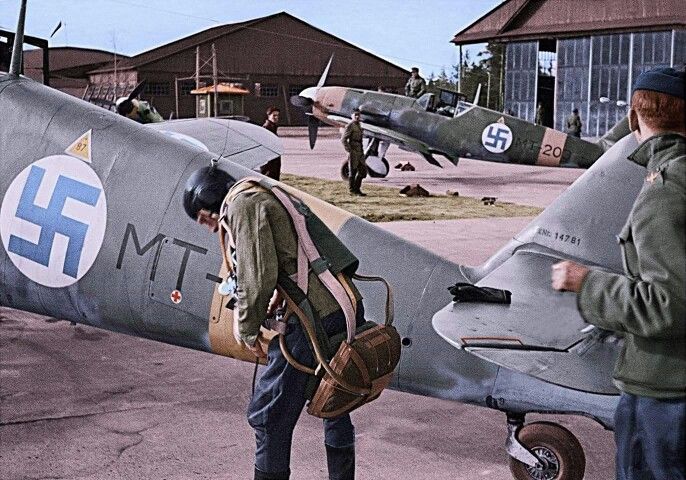tulikomento
Supreme Leader
The Aviationist kirjoittelee:
https://theaviationist.com/2016/11/...ts-the-eighth-legacy-hornet-lost-in-6-months/
The rate of crashes involving legacy Hornets is quite alarming. At least 8 major incidents have involved legacy Hornets (that is to say, the older variant of the F/A-18) in the last 6 months!
Two U.S. Marine Corps F-18 Hornets from MCAS Miramar collided mid-air during a training mission on Nov. 9 near San Diego. One pilot landed safely at the NAS North Island whereas the other one ejected over the sea and was rescued.
Few days earlier, on Oct. 25, an F/A-18 Hornet from Miramar crashed near Marine Corps Air Ground Combat Center in Twentynine Palms killing the pilot.
On Aug. 29, a Swiss Air Force F/A-18 Hornet crashed shortly after taking off from Meiringen airbase. The 27-year-old pilot was found dead two days later.
On Aug. 2, a U.S. Navy F/A-18C Hornet flown crashed near Fallon, Nevada. The pilot safely ejected.
On Jul. 27 another Marine Hornet pilot died in a crash near 29 Palms.
Same fate for a Blue Angels pilot flying a Hornet that crashed on Jun. 2, shortly after takeoff during a practice flight in Tennessee.
Kirjoittavat että tämä vaikuttaa jo USMC:n lentotoimintaan. Tällä hetkellä koulutuskäytössä 85 Hornetia ja tarve on 171 konetta.
https://theaviationist.com/2016/11/...ts-the-eighth-legacy-hornet-lost-in-6-months/
The rate of crashes involving legacy Hornets is quite alarming. At least 8 major incidents have involved legacy Hornets (that is to say, the older variant of the F/A-18) in the last 6 months!
Two U.S. Marine Corps F-18 Hornets from MCAS Miramar collided mid-air during a training mission on Nov. 9 near San Diego. One pilot landed safely at the NAS North Island whereas the other one ejected over the sea and was rescued.
Few days earlier, on Oct. 25, an F/A-18 Hornet from Miramar crashed near Marine Corps Air Ground Combat Center in Twentynine Palms killing the pilot.
On Aug. 29, a Swiss Air Force F/A-18 Hornet crashed shortly after taking off from Meiringen airbase. The 27-year-old pilot was found dead two days later.
On Aug. 2, a U.S. Navy F/A-18C Hornet flown crashed near Fallon, Nevada. The pilot safely ejected.
On Jul. 27 another Marine Hornet pilot died in a crash near 29 Palms.
Same fate for a Blue Angels pilot flying a Hornet that crashed on Jun. 2, shortly after takeoff during a practice flight in Tennessee.
Kirjoittavat että tämä vaikuttaa jo USMC:n lentotoimintaan. Tällä hetkellä koulutuskäytössä 85 Hornetia ja tarve on 171 konetta.








 Siviilipuolella 150 m on minimikorkeus, sotilaskoneet tulee harjoituksissa alemmaksi, mutta ei ne nyt täysin vailla itsesuojeluvaistoa ole hävittäjä-kuskitkaan. Ja hyvä niin.
Siviilipuolella 150 m on minimikorkeus, sotilaskoneet tulee harjoituksissa alemmaksi, mutta ei ne nyt täysin vailla itsesuojeluvaistoa ole hävittäjä-kuskitkaan. Ja hyvä niin.